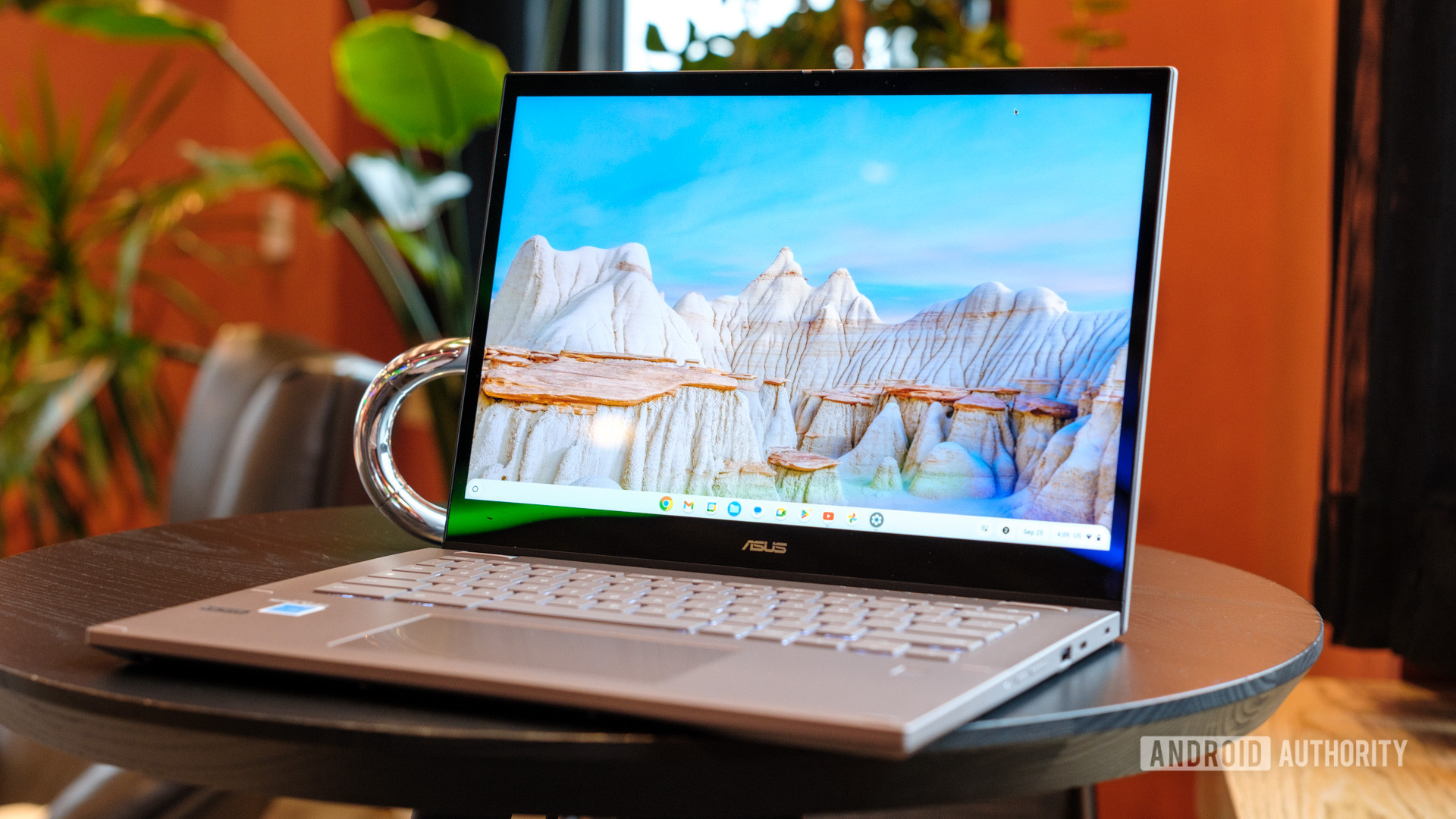Affiliate links on Android Authority may earn us a commission. Learn more.
Chromebook says "Network not available"? Here's how you can try to fix it
Losing internet access is a big problem on any modern computer or tablet, but it’s even more serious on a Chromebook, which can’t really do anything of value without going online. It might as well be a plastic and aluminum brick. Don’t panic though — if you’re seeing a “Network not available” error, we’ve got a few options for potentially solving it.
How to fix “Network not available” on a Chromebook

Some of these steps are more basic (or even generic) than others, but we’re including everything possible here for the sake of thoroughness. Some steps are also specific to certain causes of the error, so you shouldn’t necessarily run through every method on this list — just the ones that could potentially apply to you. We’ve saved the most drastic options for the end.
- Doublecheck your router and internet connections using other devices. This one might seem obvious, but it’s important to rule out any glaring issues with your Wi-Fi router, modem, and/or ISP (internet service provider) before continuing. Nothing else will help if there’s no network to connect to in the first place. To verify ISP issues, use your phone to search for an outage status page, scan social media feeds, or simply call your ISP.
- Try Ethernet instead. One way to gauge the source of your trouble is to connect an Ethernet cable, assuming your Chromebook has an Ethernet port or you can find an USB-to-Ethernet adapter. This is likely only a temporary solution, but if it works, the issue is probably with your Wi-Fi.
- Reboot your router. Even if your Wi-Fi and Ethernet connections otherwise look solid, power cycling could solve some temporary network issues, like oversaturation — routers can only handle so many simultaneous connections. That’s especially true if they’re using Wi-Fi 5 (802.11ac) or earlier. For a quick reboot, unplug your router’s power for at least 10 seconds, then plug it back in. You should wait a few minutes before trying to reconnect with your Chromebook.
- Make sure your Chromebook is connecting to the right Wi-Fi band. Some people maintain separate network names (SSIDs) for the 2.4, 5, and/or 6GHz bands on their router, often identified by labels like “[network name] 2.4G” or “[network name]-5G.” Most Chromebooks are only going to support 2.4 and 5GHz connections, and older models may only work with 2.4GHz. On top of that the 5 and 6GHz bands have shorter range, so if your Chromebook is far away from your router, it might only be able to use 2.4GHz reliably. Conversely if all your bands are under the same SSID, you may need to change rooms or force your Chromebook to reconnect if it’s trying to use a weak band.
- Reboot your Chromebook. There could be temporary cache- or process-related problems, and if you do need to force a reconnection attempt, this is one way of doing it.
- Try using your Chromebook in Guest mode. Oddly enough, connections will sometimes work in Guest mode but not under your own login. Sign out of your personal account, then click Browse as Guest at the bottom of the login screen. If you do manage to get internet access, restarting your Chromebook from here may keep it online.
- Scale back the security on your Wi-Fi router. This is where we start getting into methods you should avoid unless easier ones have failed. It’s possible that your router is using encryption that’s incompatible with your Chromebook, in which case you may need to pick another standard — if you’re using WPA3, for example, try dialing it back to WPA2. Check your router’s instructions for how to do this. You’ll also need to make sure your router isn’t blocking the port(s) your Chromebook needs.
- Reset your Chromebook. A reset should be your next-to-last resort, since the process will naturally take a while, and isn’t even a guaranteed fix — all you’re doing is returning your Chromebook to an uncomplicated “virgin” state. You’ll have to set your computer up again as if it were new, and you’ll lose any downloaded files. When you’re ready, back up any files you want to keep (if possible) and follow our reset guide.
- Recover your Chromebook. Consider this the end of the line short of calling tech support. Recovery is even more extreme than a reset, since it completely wipes a Chromebook’s hard drive and reinstalls ChromeOS. The process is also more time-consuming than a reset, and some older Chromebooks can only be recovered using a USB drive or SD card prepared on another computer. Thankfully, more recent models can connect directly to the internet for recovery, but that won’t help if your Chromebook is still experiencing network issues. You’ll have to turn to USB or SD as a fallback.